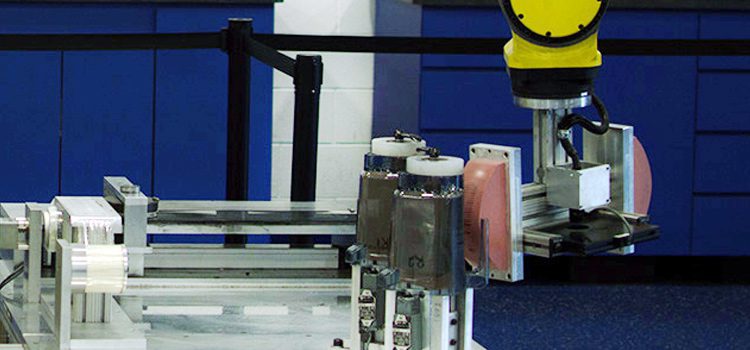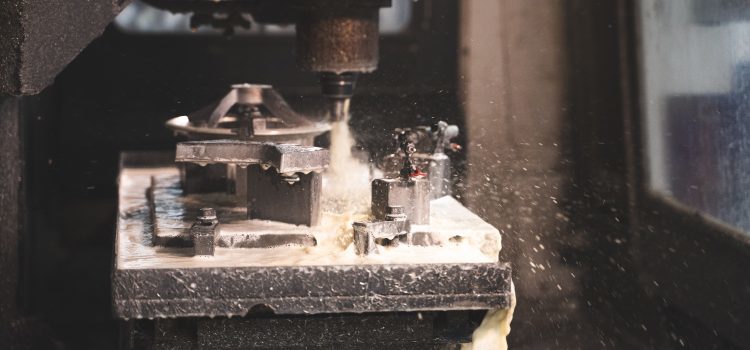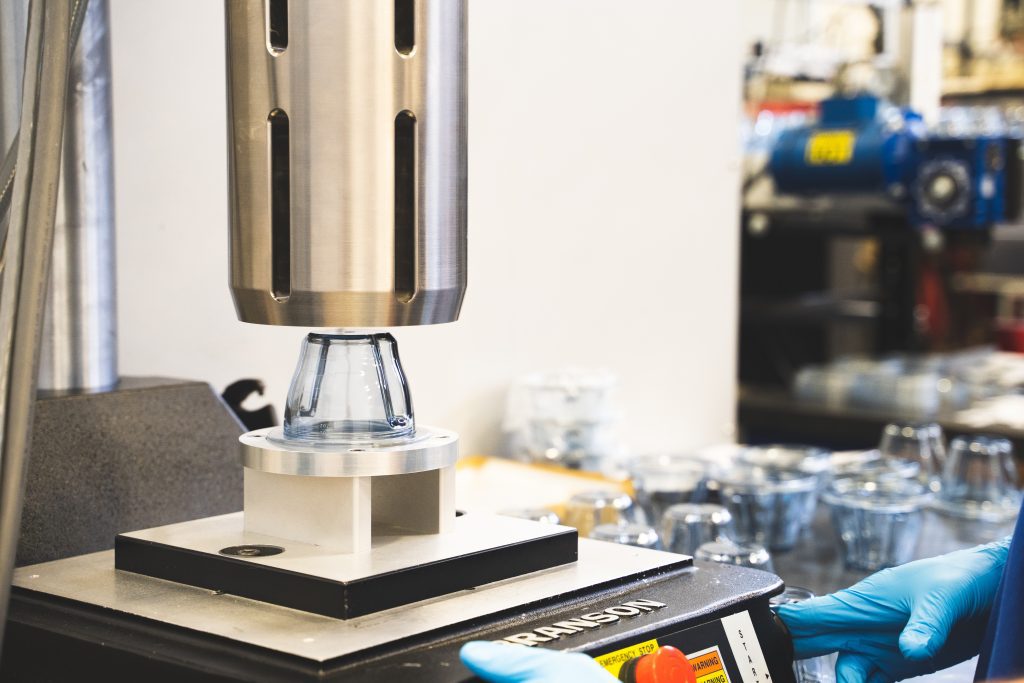Secondary Manufacturing for Parts Development and Engineering
In the world of manufacturing, the goals shared by organizations and engineering teams can’t always be achieved after completing the initial manufacturing process stage. This is when organizations turn to a company offering secondary manufacturing like Laszeray Technology, to have additional work performed on parts or materials that have already been subjected to a machining process.

What is Secondary Manufacturing?
The name says it all; secondary manufacturing occurs when additional work must be performed on parts that have been subjected to the primary manufacturing process but are not yet ready to be incorporated into the overall product design, ready for distribution, or recognized as a completed part. A secondary machining process can be executed in several ways. Some secondary machine processes are rolled out to remove unwanted fragments or materials from parts, produce alternative enhancements that abscond the scope of primary manufacturing, or refine existing features.
Secondary Manufacturing and the Finishing Process are not the Same
It’s critical to note that the secondary manufacturing process and the finishing process are not the same things. Often, these two terms become interchangeable, so it can be easy for some confusion to surface. Let’s clarify: when we refer to the finishing process we are talking about completing tasks such as polishing, labeling, packaging, and a QC final inspection before the pieces are shipped to the customer. These tasks are not part of the secondary manufacturing process, which embodies a process where actual improvements are made that couldn’t, for whatever reasons, be made in the early stages of the manufacturing process.

What Types of Secondary Manufacturing Operations are Offered by Laszeray?
Laszeray is highly experienced in a wide variety of secondary manufacturing processes. Our range of expertise includes the following manufacturing techniques:
When you call Laszeray to go over your secondary manufacturing needs, our experts will work with your design team and project leaders to find the best secondary machining type that will garner the best results, while giving your organization a tremendous level of value across the board.
How does Secondary Manufacturing Benefit Organizations?
When companies invest in secondary manufacturing as part of their workpiece production process, they save time and money, especially when they are required to outsource for additional production needs. When you partner with Laszeray you will receive a perfected, finished workpiece that has gone through a comprehensive initial and secondary manufacturing process. Your team will even have the chance to let our experts complete the finishing process, which is ideal because it saves you a great deal of time.
Secondary manufacturing also saves companies a tremendous amount of money. Here is a common scenario: your team outsources the initial workpiece production, then it gets shipped to your business where staff are paid to perform the secondary process with a level of unfamiliarity due to the lack of first-hand experience in the prior stage. Furthermore, having to complete this process pulls them away from other critical tasks they could be doing such as working on product development or enhancing existing product lines. Ultimately, companies save thousands upon thousands of dollars when Laszeray completes the secondary manufacturing stage, along with the finishing process.

Call Now and Discover Why Laszeray is Your Best Investment for Secondary Manufacturing
With over two decades of secondary manufacturing experience and a highly skilled in-house engineering team on staff, Laszeray is the partner you need to get the job done quickly and efficiently. Unlike a lot of other secondary manufacturing companies, we are happy to work with small manufacturers that have low-volume product runs. Every project and its manufacturer creates a meaningful relationship within our team, and with passion and innovation we strive to produce the finest workpieces while saving our manufacturers a great deal of time and money.
Laszeray’s automated processes are focused on achieving the highest level of precision available with current technology, and our robotic part handling ensures everything is done to your exact specifications, and that every stage is properly monitored and tracked.
Call today and ask our team any questions you may have about our secondary manufacturing processes.